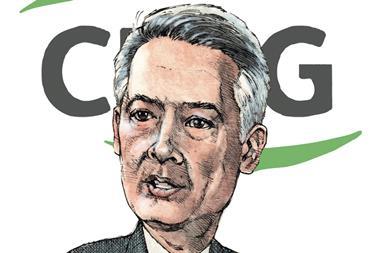CPEG, the CHF21bn (€22bn) pension fund for the Swiss canton of Geneva, has integrated ESG criteria in its asset-liability management (ALM) study for the first time.
“The introduction of ESG criteria was the result of a deep discussion with the board, who chose to consider ESG factors ex ante, as opposed to just at the end stages of the investment process, for instance manager selection,” Grégoire Haenni, chief investment officer of CPEG, told IPE in an interview.
He said it was too early to say what the impact of the introduction of ESG criteria at ALM-level would be, but that it could influence how the pension fund invests, geographically, for example.
“In any event, it is a significant step in our sustainability journey,” he said.
It comes after CPEG in 2022 decided to target a carbon-neutral investment portfolio by 2050. By the end of 2025, it wants its portfolio to exclude companies that do not align with a global warming scenario of below 1.5°C.
Last year it divested from 91 companies in the MSCI All Countries World Index.
Jeffrey Chee, head of portfolio strategy at WTW, said it is still rare for ESG factors to be incorporated into ALM studies due to technical difficulties.
“The many corporate winners and losers on each ESG factor cancel out leaving a highly uncertain and more modest asset class return impact over time,” he told IPE in a statement.
“UK climate scenario analysis is an example of pension funds trying to do this and attracting significant [negative] publicity about the results,” he added.
A better approach, according to Chee, is to adopt a mandate where sustainability impact is elevated as an explicit consideration alongside risk and return.
“Different portfolios can then be compared in terms of their ability to meet these three goals and the associated trade-offs between them using a balanced scorecard approach.”
Read the digital edition of IPE’s latest magazine























